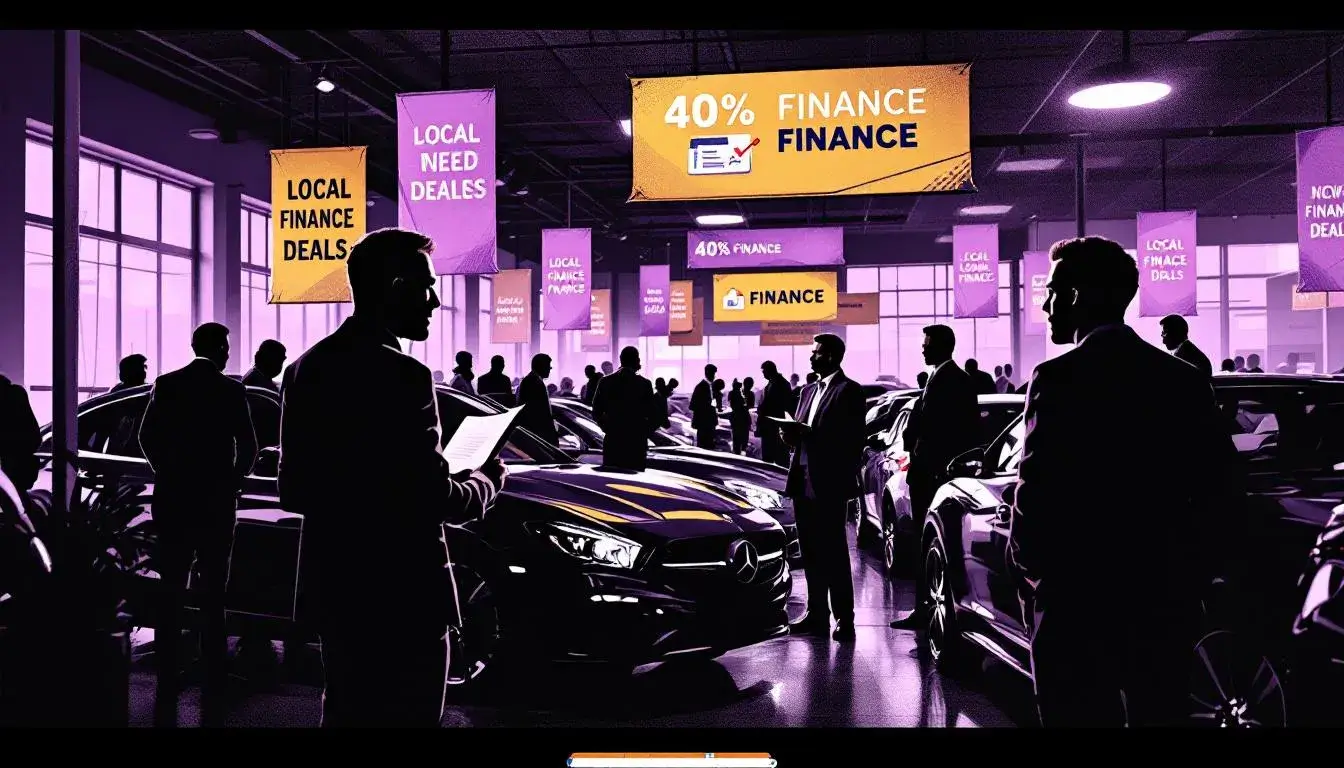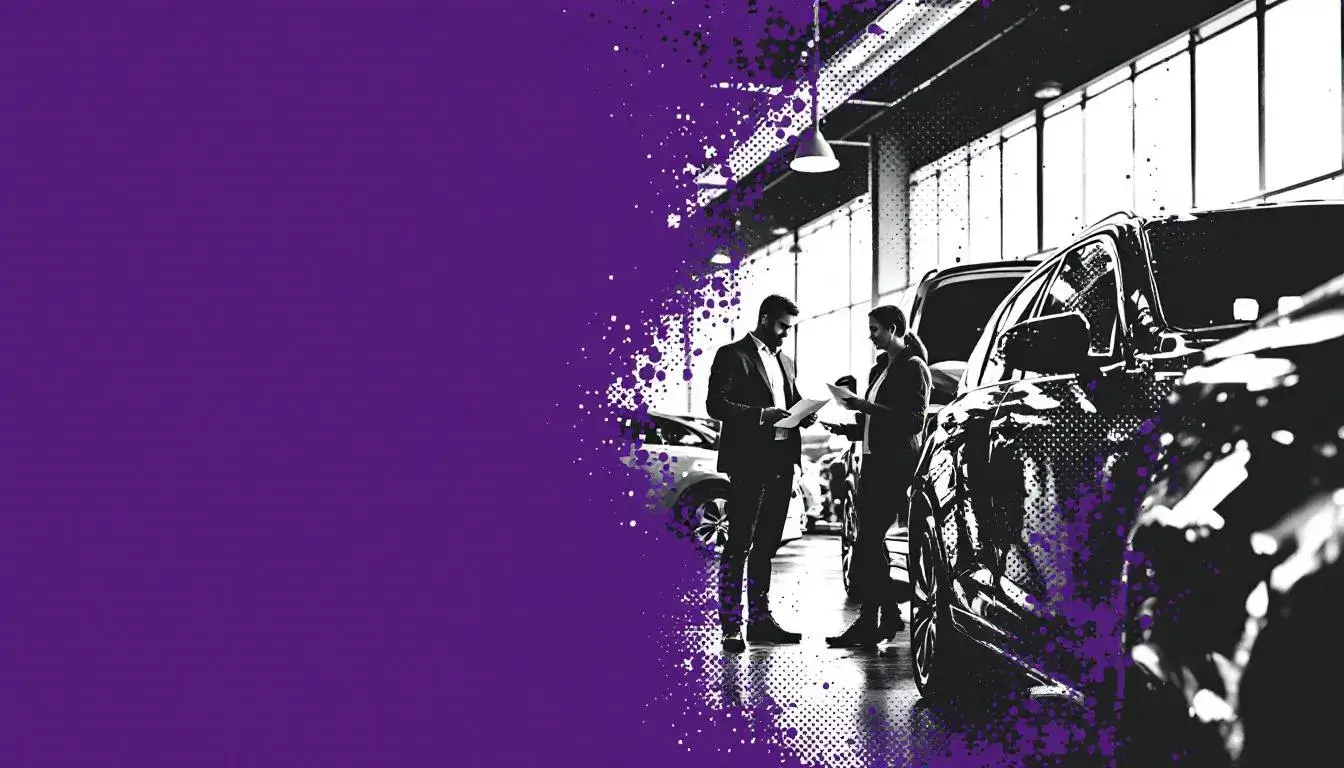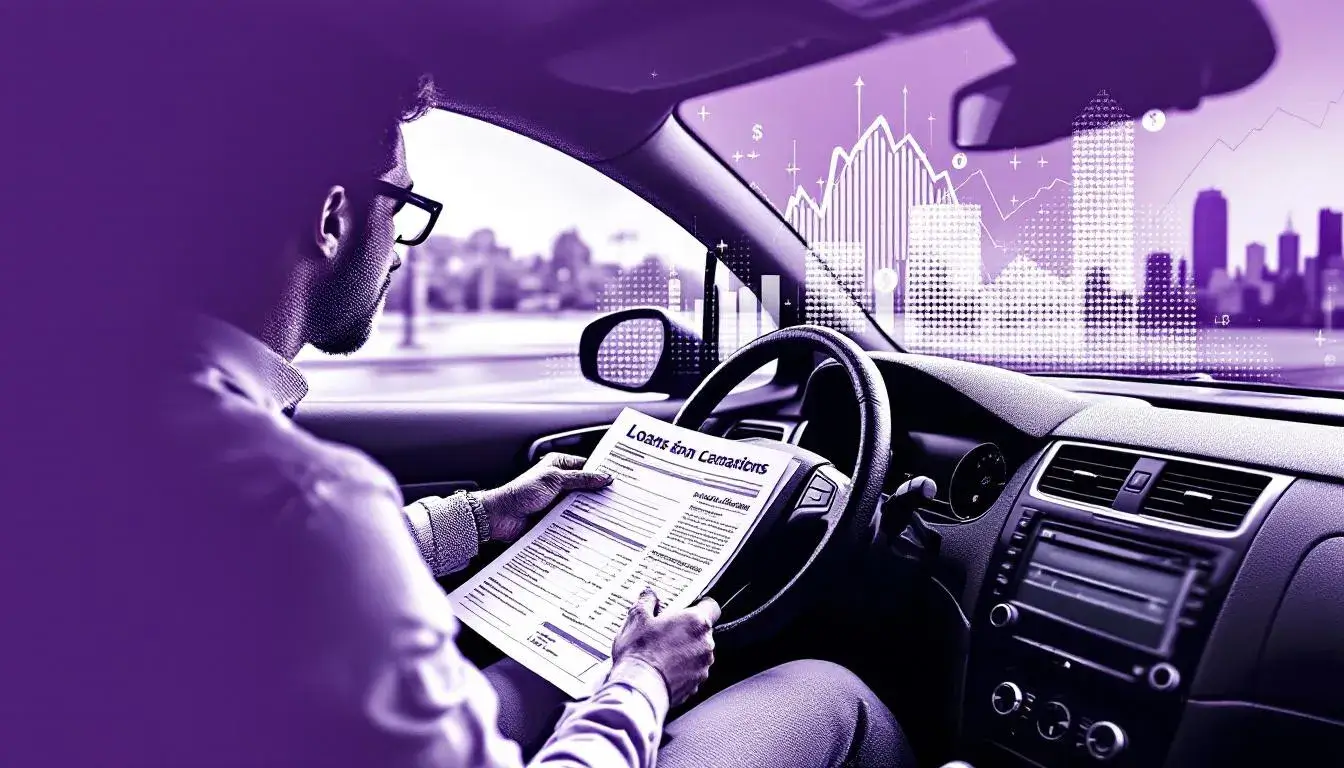
Understanding 0% Finance: What UK Shoppers Should Know

Navigating 0% Finance: A Closer Look for UK Buyers
Interest-free finance offers can make big purchases feel more manageable. But understanding how 0% finance works is crucial before you sign on the dotted line. This guide cuts through the jargon, so you can shop with confidence and clarity.
Who Should Consider 0% Finance?
If you’re a UK resident planning to buy a high-value item — such as furniture, appliances, or electronics — and prefer to spread costs without paying interest, 0% finance may suit you. It’s also relevant for those seeking to preserve savings or improve cash flow without incurring extra charges.
What Does 0% Finance Really Mean?
A 0% finance deal allows you to borrow money for a set period without paying any interest. Retailers often partner with finance providers to offer these deals, letting you split payments over several months or years. Here’s what you should know:
Principal: The original price of your purchase.
Interest rate: 0% during the promotional period, meaning no extra cost if paid on time.
Term: Fixed repayment period (often 6–36 months).
Deposit: Some deals require an upfront payment.
Monthly payments: Fixed and predictable, split equally.
Eligibility checks: Lenders assess your creditworthiness.
It’s important to note that missing payments or failing to clear the balance within the promotional window may result in high interest charges retroactively applied.
Types of 0% Finance Options
Retailers and brokers offer various interest-free finance options:
Buy Now, Pay Later (BNPL): Defer payments for a set period, then pay in full or in instalments. Some BNPL agreements remain interest-free if paid on time.
Instalment Plans: Spread the cost over 6, 12, 24, or 36 months with fixed, interest-free payments. A deposit may be required at the outset.
Credit Cards with 0% Purchases: Some cards offer a 0% interest window on purchases, typically for 6–24 months. Balance must be cleared before the period ends to avoid interest.
Store Cards: Retailer-issued cards may include 0% offers on specific purchases, but rates can rise steeply after the promotional period.
Each option has its nuances. For example, BNPL is often easier to obtain but may come with stricter late payment penalties, while traditional finance plans usually involve more rigorous credit checks.
Costs, Returns, and Risks
The main allure of 0% finance is the absence of interest if you stick to the contract. However, risks lurk beneath the surface:
Hidden fees: Late or missed payments can trigger charges or negate the 0% rate, resulting in backdated interest.
Credit impact: Finance agreements appear on your credit file. Missed payments can harm your score.
Returns/Refunds: Returning financed goods can be complex; ensure you understand the retailer’s policy.
Long-term costs: If you fail to pay off the balance within the interest-free period, standard rates (sometimes 20%+ APR) may apply.
Always read the fine print to fully understand the terms and potential penalties.
Eligibility: What Do Lenders Look For?
To qualify for 0% finance, you’ll typically need to:
Be at least 18 years old and a UK resident
Provide proof of identity and address
Pass a credit check
Show sufficient income to cover repayments
Sometimes provide a deposit
Not all applicants will be accepted. If you have poor credit, approval is unlikely, or you may only be offered less favourable terms.
The 0% Finance Process: Step by Step
Choose your product and retailer
Select the 0% finance option at checkout
Complete the finance application
Provide required identification and financial details
Undergo a credit check
Receive a decision (often instantly)
Pay any required deposit
Set up a repayment schedule and direct debit
Pros and Cons: What to Consider
Pros:
Spread the cost of larger purchases
No interest if paid as agreed
Improves cash flow
Quick and straightforward application process
Cons:
Strict repayment schedules
Potential for high interest if you default
Credit checks required
May encourage overspending or impulse buying
Always weigh the benefits against the risks and assess your ability to meet the repayments without strain.
Before You Commit: What to Watch Out For
Read all terms and conditions: Watch for clauses about missed payments, early settlements, and what happens if you return goods.
Budget realistically: Can you manage the monthly payments alongside existing commitments?
Understand promotional periods: Know exactly when the 0% window ends and what rates apply afterward.
Check your credit report: Ensure there are no errors that could affect approval.
Taking the time to review the agreement can save you from unwelcome surprises down the line.
Alternatives to 0% Finance
If 0% finance isn’t right for you, consider these options:
Savings: Using your own funds avoids debt and credit checks.
Personal loans: May offer low fixed rates for larger purchases, especially if you have strong credit.
Traditional credit cards: Useful if you can repay quickly, but beware of high interest rates after introductory periods.
Layaway plans: Some retailers let you reserve items and pay in instalments before taking them home, with no credit required.
Compare total costs and flexibility before making your choice.
Frequently Asked Questions
1. Is 0% finance really interest-free?
Yes, if you meet all payment deadlines. Otherwise, interest may be charged retroactively.
2. Will applying for 0% finance affect my credit score?
A hard credit check is usually performed, which may have a minor temporary impact.
3. What happens if I miss a payment?
You could lose the 0% rate and incur interest or late fees. Your credit score may also be affected.
4. Can I pay off my 0% finance early?
Most agreements allow early repayment, but check for any early settlement fees.
5. Are all purchases eligible for 0% finance?
Not always. Minimum spend thresholds and product exclusions may apply. Ask the retailer for details.
6. How do returns work with 0% finance?
The retailer will usually refund the finance agreement if you return the goods, but the process may take time.
7. Can I use 0% finance with a poor credit rating?
It’s less likely, as most lenders require a good credit history.
Taking Your Next Steps
If you’re considering 0% finance, start by reviewing your budget and credit standing. Compare offers from multiple retailers and finance providers, and read all terms carefully before committing. If you have questions, don’t hesitate to ask the retailer or broker for clarification.
Disclaimer
This article provides general information about 0% finance options and does not constitute financial advice. Always seek personalised guidance from a qualified professional before making significant financial decisions.
Buy now, pay monthly
Buy now, pay monthly
Some of our incredible partners
Our partners have consistently achieved outstanding results. The numbers speak volumes. Be one of them!


LMF ENERGY SERVICES

D COOKMAN ELECTRICAL LTD










